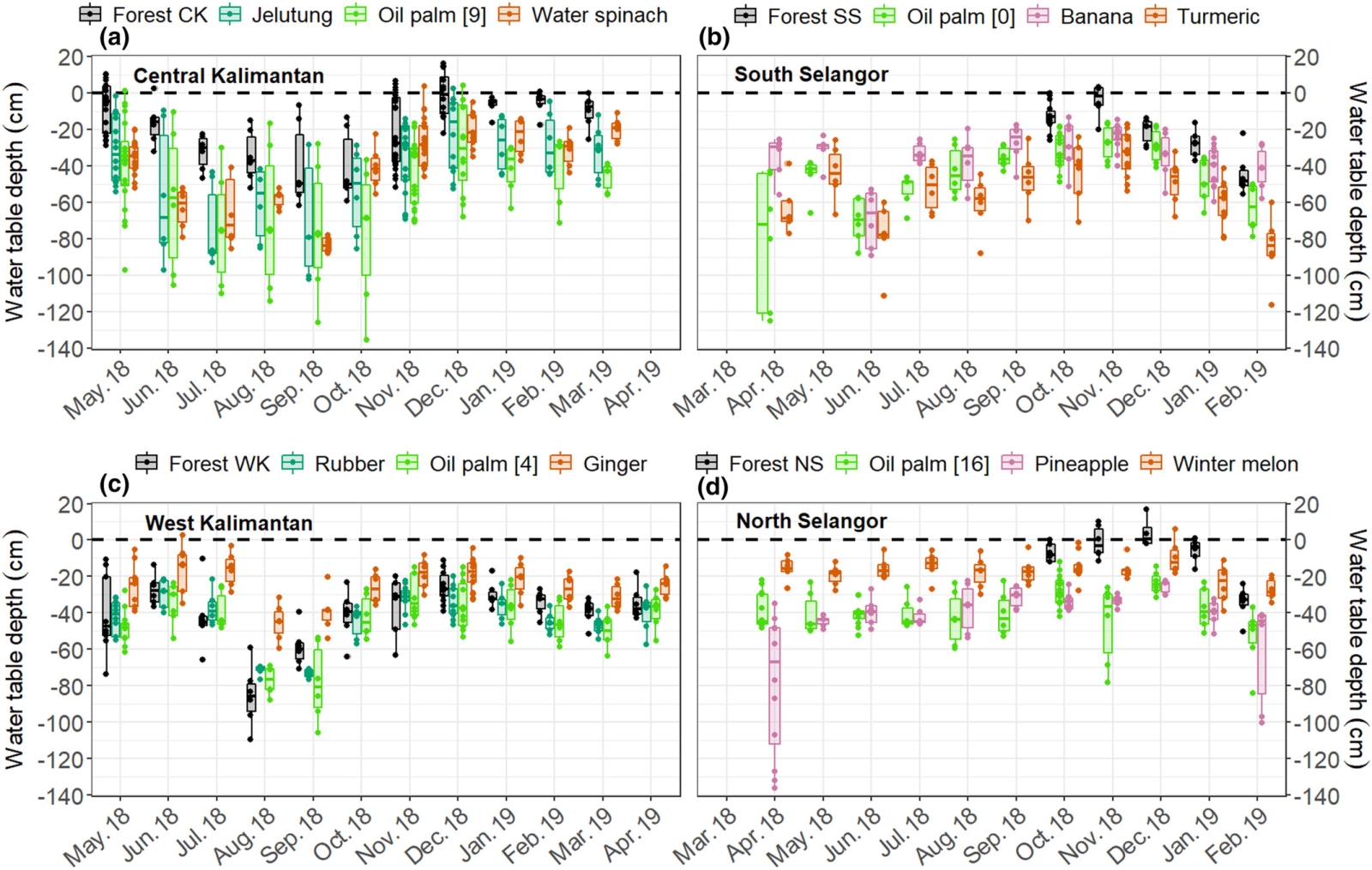April 26 2023 | GLOBAL CHANGE BIOLOGY |
This study, conducted by researchers from the University of Nottingham in collaboration with Indonesia and Malaysia, aimed to understand greenhouse gas (GHG) emissions from smallholder agricultural systems on tropical peatlands in Southeast Asia. The researchers measured methane (CH4) and nitrous oxide (N2O) fluxes in different land-use types including cropland, oil palm plantations, tree plantations, and forests.
The study found that annual CH4 emissions varied across the land-use classes, with cropland emitting the most and forests emitting the least. The depth of the water table was a significant factor influencing CH4 emissions, with higher emissions observed when the water table was deeper. In contrast, N2O emissions were strongly correlated with the concentration of dissolved nitrogen in soil water. Higher nitrogen concentrations led to increased N2O emissions.
The findings of this study provide important data that can help develop more accurate emission factors for quantifying national GHG inventories. They also highlight the significance of soil nutrient status in influencing emissions, suggesting that reducing nitrogen fertilizer inputs can contribute to mitigating emissions from agricultural peat landscapes. Ultimately, the study emphasizes the need to protect peat swamp forests from conversion to agriculture as a crucial policy intervention for reducing emissions.

Seasonal variation of water table depth in the four land-use classes, grey—forest, blue—tree plantations, green—oil palm and orange and pink—cropland. The specific oil palm age, tree plantation species and crop types differed among regions so different plantation and crop types were measured in each location. Note that the forest condition differs substantially among the four regions. Each boxplot represents data from three replicates of each vegetation group.





